INTRODUCTION TO INCUBATION AND BROODING
21
possible indications that a chicken is approaching old age. Despite this, they will still remain the delightful creatures they once were through to their very last days.
21
So while we do not know whether the chicken or the egg came first, we do know that one does not exist without the other, and both make up the fascinating life-cycle of our favourite feathered friends!
Page 21 of 223

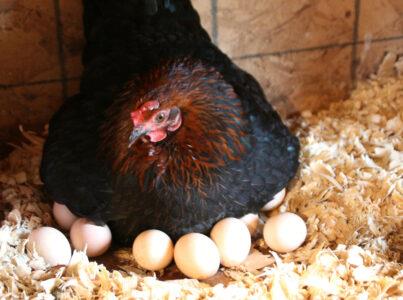
INCUBATION
22
INCUBATION
22
Incubation means maintaining conditions favorable for developing and hatching fertile eggs.
An egg must be fertile to hatch. Most market eggs found in grocery stores are not fertile. A fertile rooster is essential for the production of fertile eggs. Studies indicate that the egg a hen lays as soon as one day after breeding can be fertile. The fertility Page 22 of 223
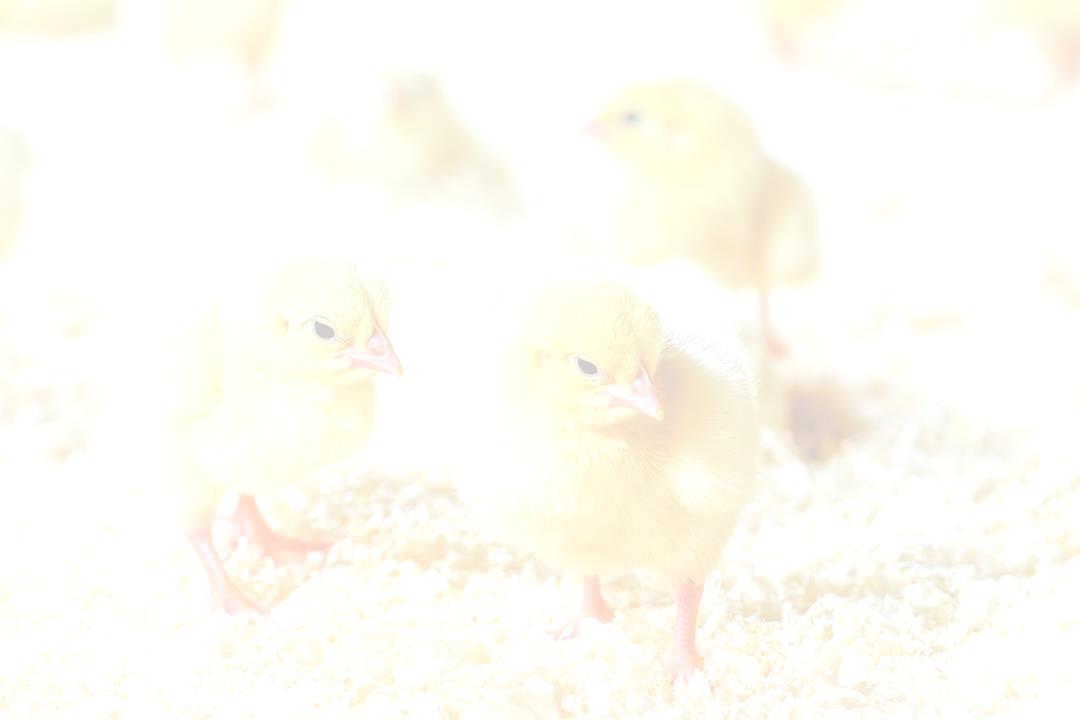
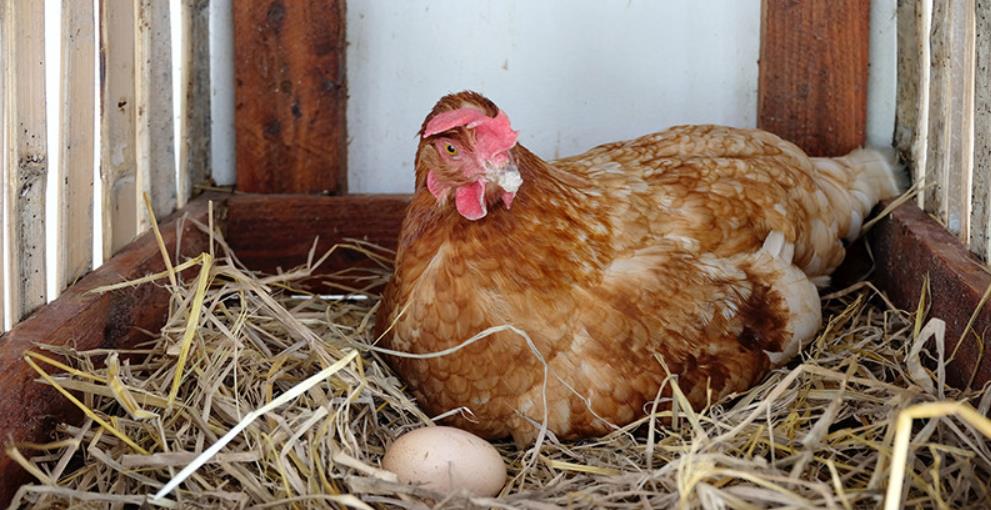
INCUBATION
23
and hatchability of eggs produced by a flock and the vigor of the chicks depend on both genetic potential and the environment. The parents' age, nutrition, health, physiological condition and 23
environment will affect the setting egg and hatching chick.
In a small flock, good fertility may be expected within four days following introduction of vigorous males into a flock of females. If the males are removed from the flock, the eggs will show a decline in fertility within four or five days yet may remain at a satisfactory level for up to one week.
The semen storage ability of the female fowl may Page 23 of 223
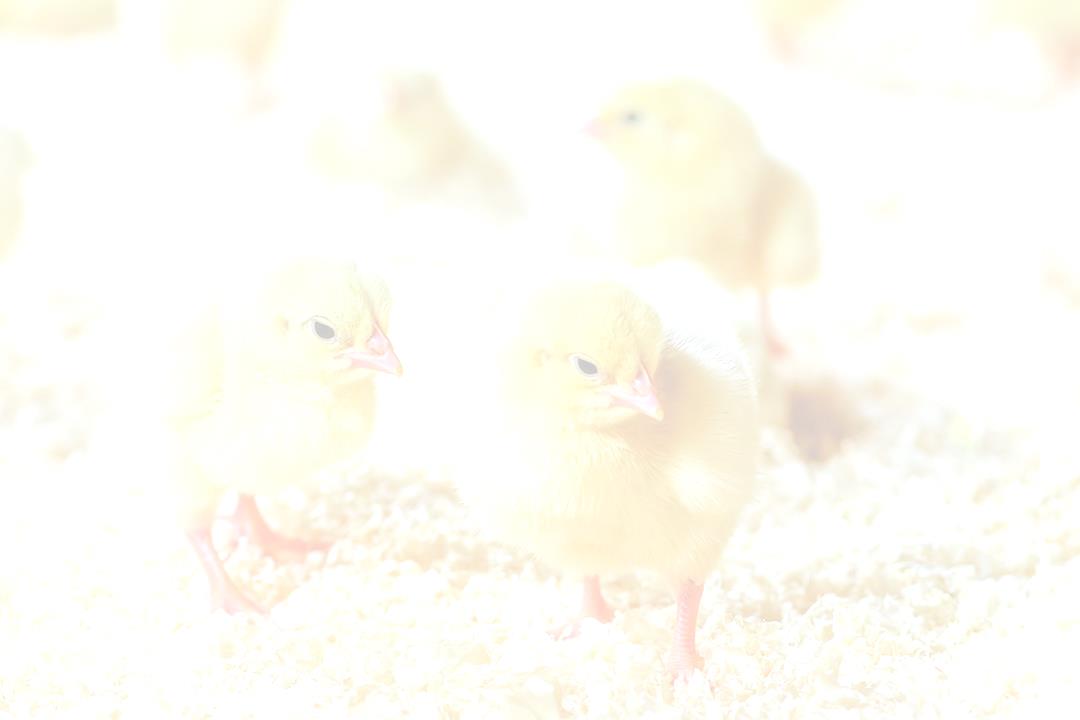
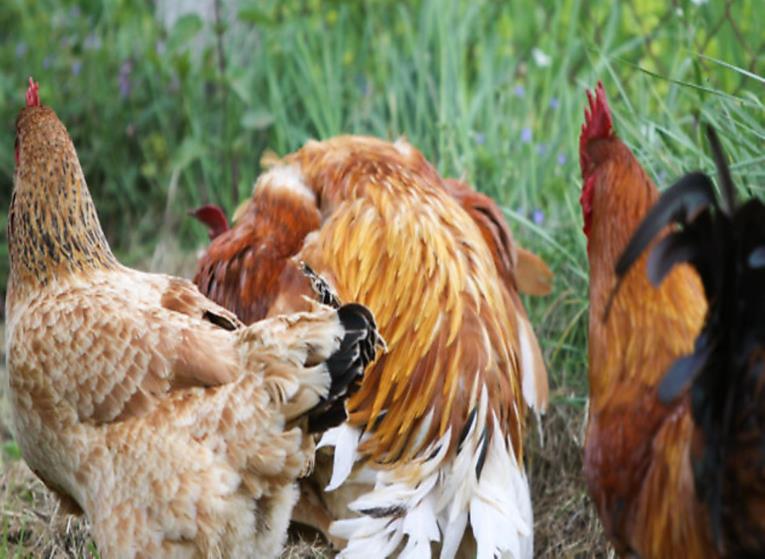
INCUBATION
24
allow fertile eggs to be laid for more than three weeks after removal of the males.
24
The female domestic turkey can store semen for even longer periods and lay fertile eggs as long as 200 days after mating. Hatchability and fertility of eggs tend to decline yearly as a flock ages. The pullet year is the most fertile for the fowl.
Page 24 of 223
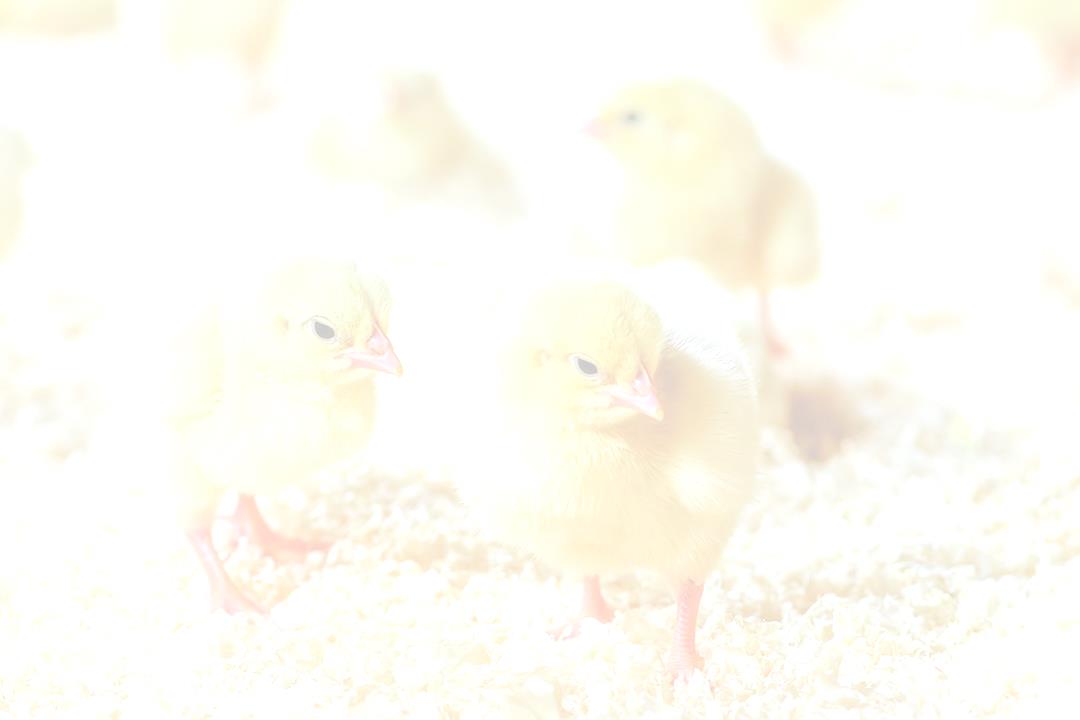
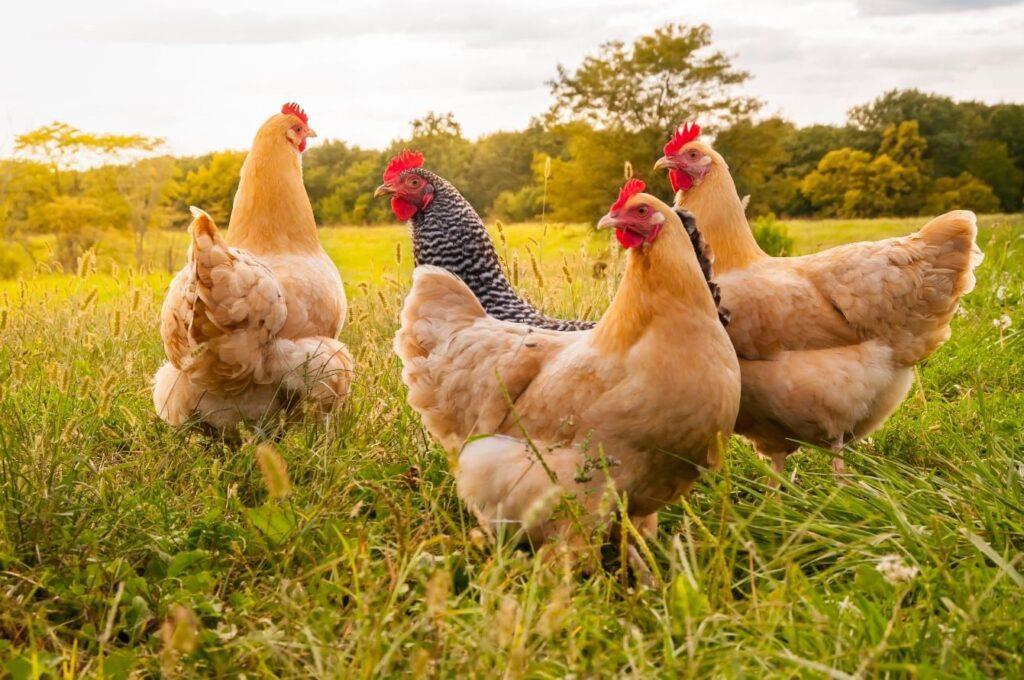
INCUBATION
25
Selecting the Right Breeds for Incubation 25
Whether an individual is considering raising chickens in his/her own backyard or have an established farm suitable for free range chickens, he/she is probably wondering how to choose between the vast numbers of chicken breeds available. Beyond choosing whether one will raise chickens for eggs or meat, there are a few things that need to be considered before settling on a particular breed.
Page 25 of 223
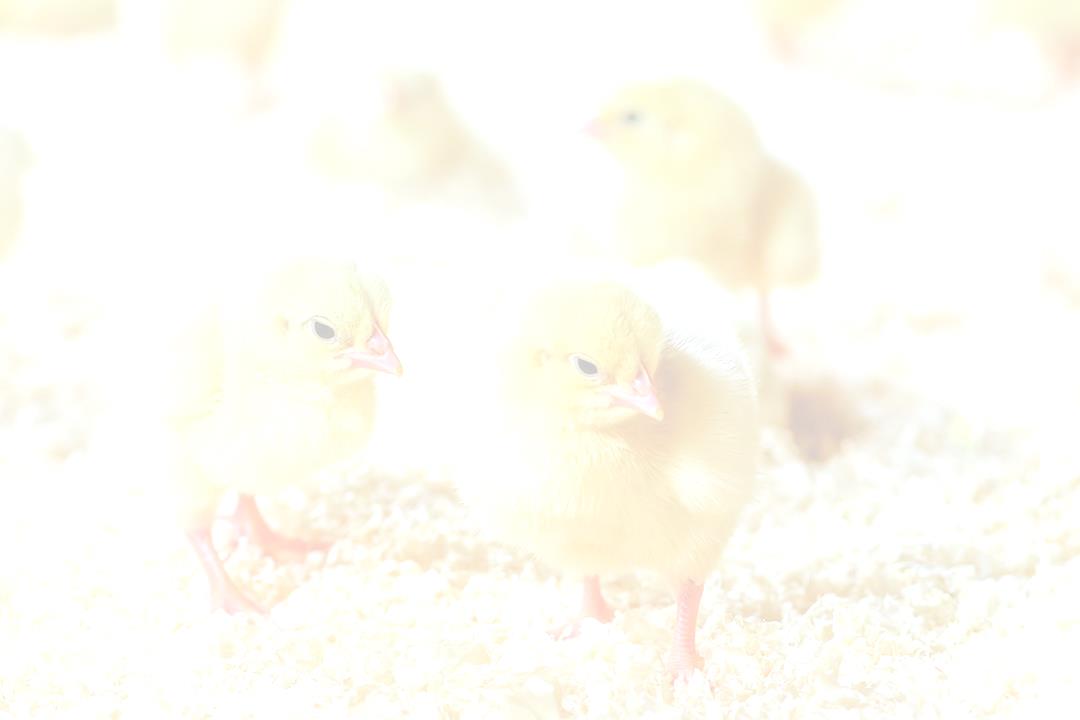
INCUBATION
26
Here are some helpful tips to narrow a farmer’s choices, along with a few suggested breeds that do well in a variety of environments.
Climate tolerance: Each breed of chicken has 26
its own climate tolerance. Be sure to select breeds for the area of the country where the chickens will be raised. While most birds can adapt to cold conditions, many have trouble in hotter climates. Heavier birds tend to do best in cooler areas of the country, while lighter birds do better in hotter climates. Some breeds do well in both cold and hot climates.
Available space: Consider how much space available to be devoted to flock and choose birds accordingly. Active breeds are best raised on open farm land with lots of space. They do not handle confinement well. However, many chicken breeds have calm temperaments to Page 26 of 223
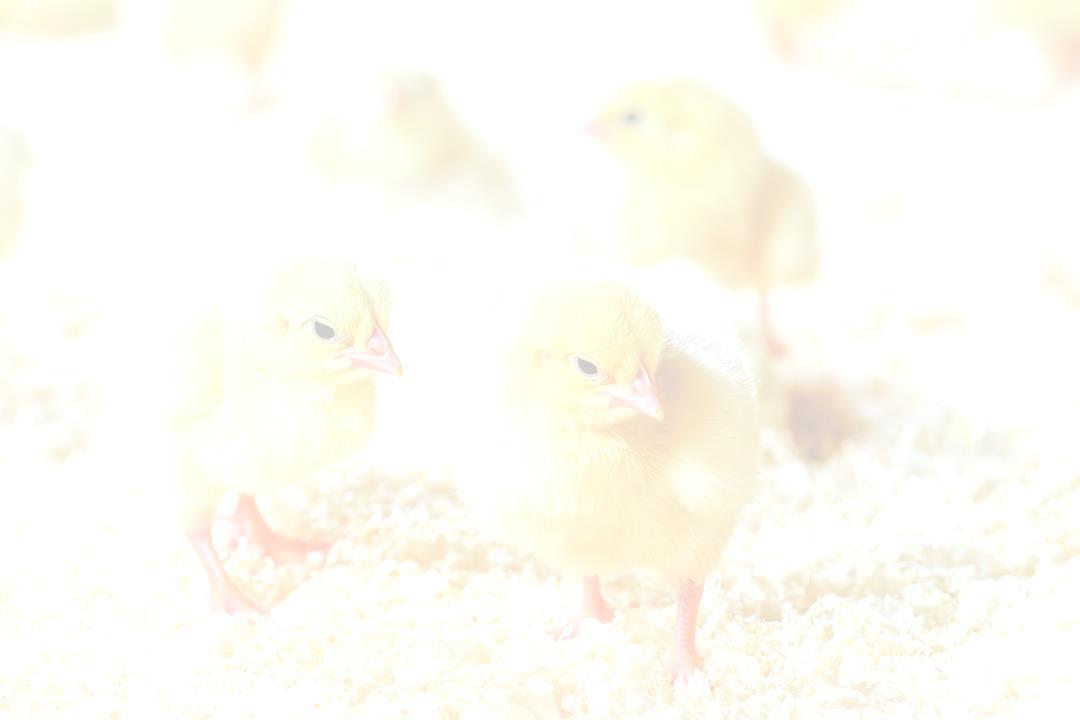
INCUBATION
27
handle close confinement in backyard or urban settings.
Temperament: If a farmer is just beginning his/her chicken raising adventure or wants 27
his/her children to interact with the birds, choose breeds with docile temperaments.
Choosing docile birds is also a good idea when raising chickens in smaller spaces or in an urban or suburban environment.
Egg production: If a farmer is raising chickens primarily for their eggs, he/she should be sure to choose a breed with good to excellent egg production. Good egg production ranges from
125 to 175 eggs per year, per hen. Very good production ranges from 150 to 200 eggs per year, per hen. Excellent production exceeds 230
eggs per year and some can yield as many as 300
eggs a year under the right conditions.
Page 27 of 223
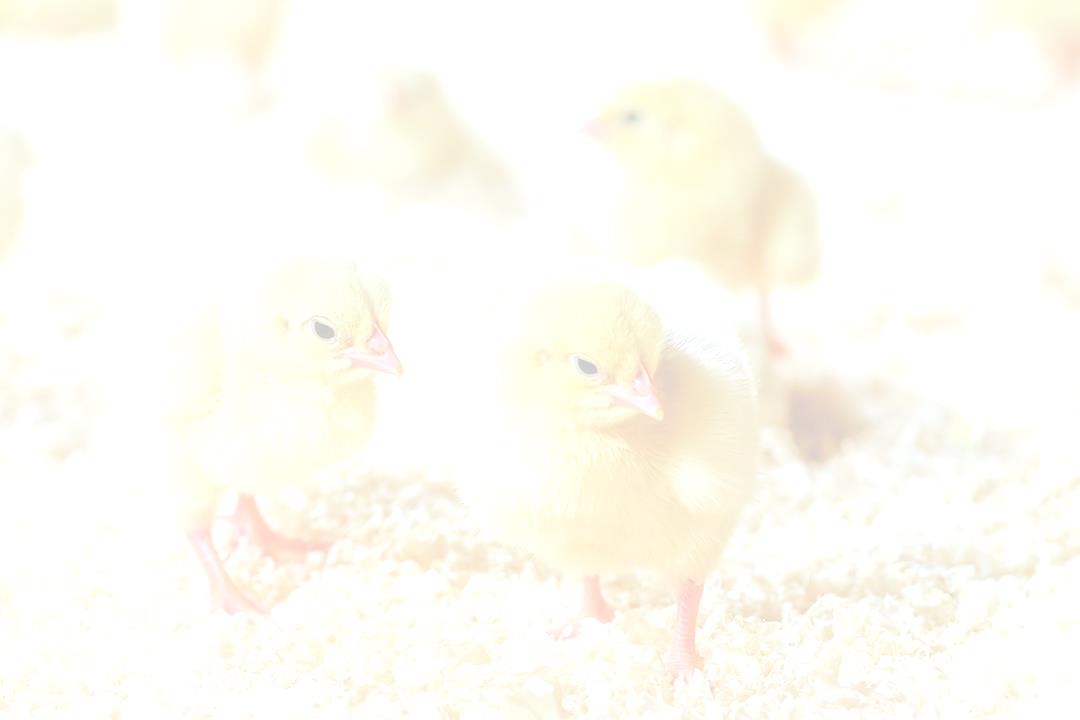
INCUBATION
28
Egg size and colour: While this is a minor consideration, if egg size or color is important to a poultry farmer, he/she will want to choose his/her chicken breed accordingly. Most breeds 28
produce brown or white eggs, but some, like Easter Eggers, can produce eggs in multiple colors. The size of the eggs can make a difference in a farmer’s yield as well. Generally, smaller breeds produce smaller eggs, so if one wants large eggs, he/she should look for larger, heavier breeds.
Maturation rate: If chickens are to be raised for meat production, a farmer will want to look at the maturity rate of birds that interest him/her. Meat breeds are generally bred for fast growth to maximize meat production.
Maturation rate can also be an important consideration when raising laying chickens.
Page 28 of 223
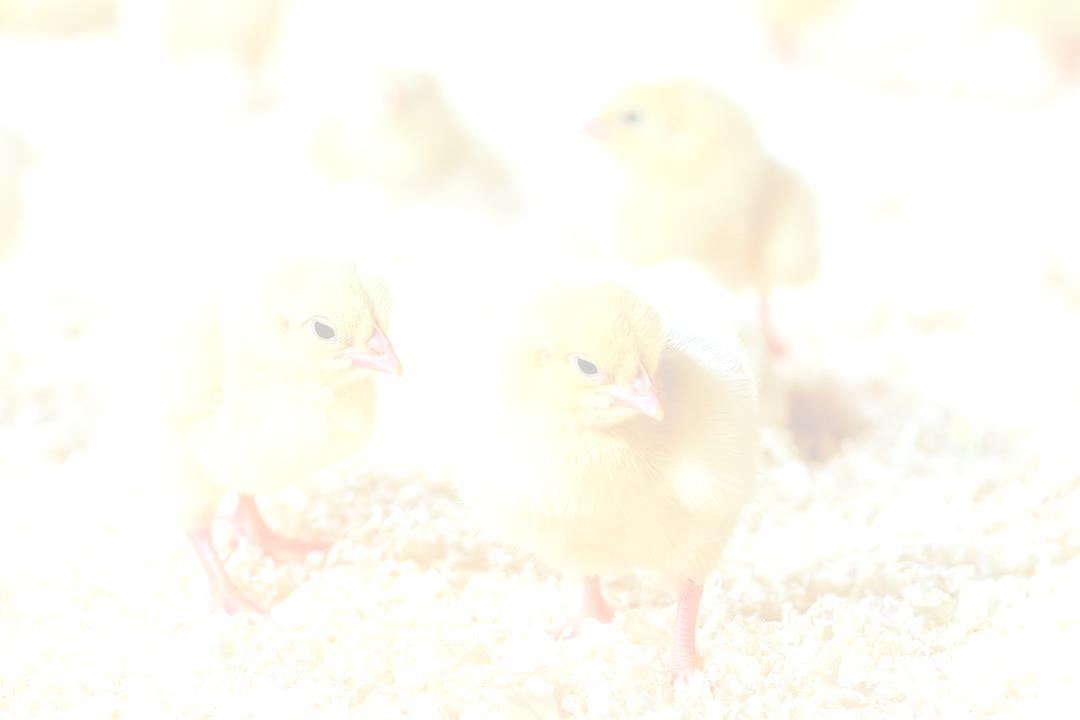
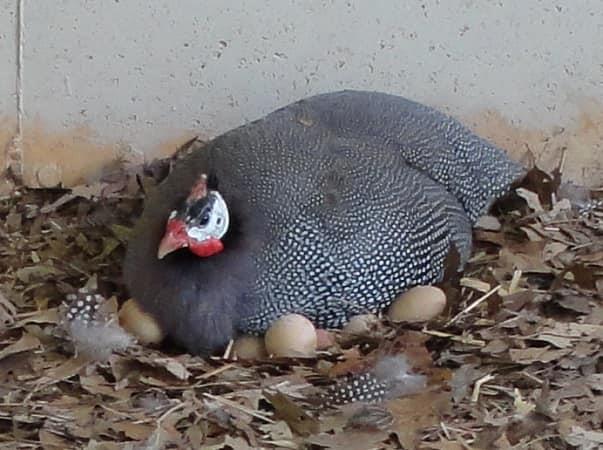
INCUBATION
29
Some breeds mature more rapidly than others, producing eggs at an earlier age.
Types of Incubation
Poultry eggs Incubation to be either by natural or 29
industrial incubation.
Natural Incubation of Eggs
Natural incubation is a method used for hatching poultry eggs without the use of incubators. This method is commonly used in small-scale poultry Page 29 of 223
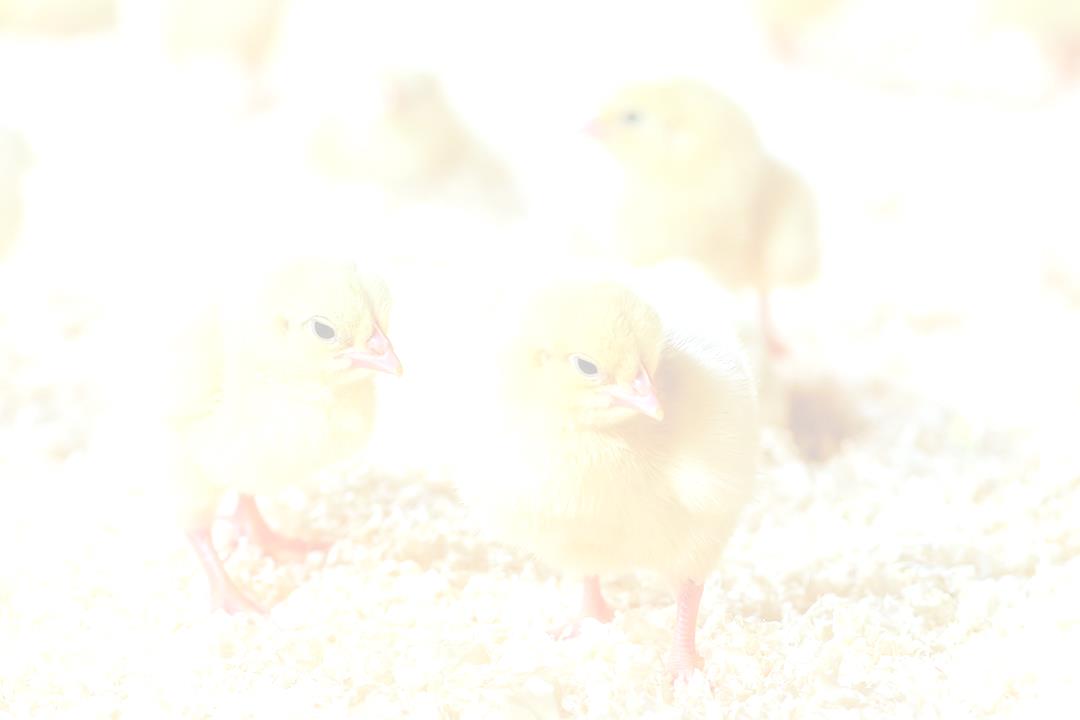
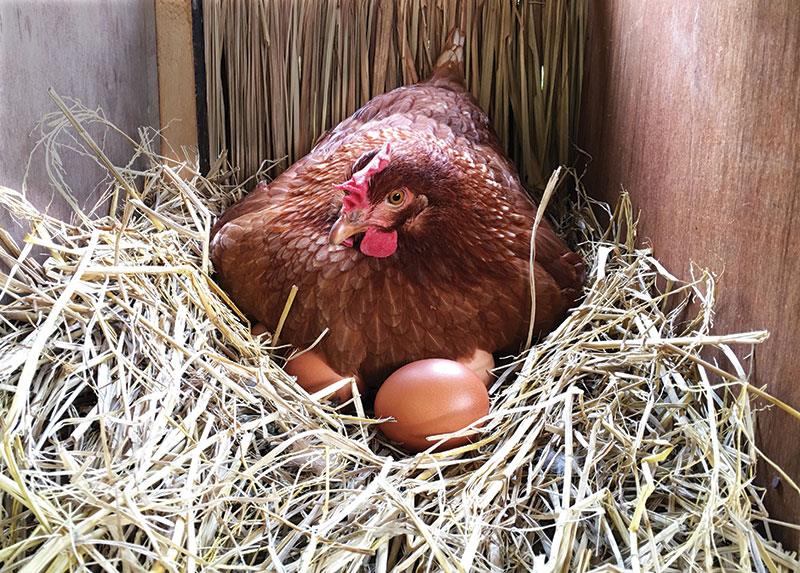
INCUBATION
30
farming and involves setting eggs in a natural brooding environment. It allows the hens to brood the eggs and provide them with the necessary warmth and care until they hatch.
30
A farmer can let the hens incubate the eggs and rear the chicks, or he/she can collect the eggs and incubate them artificially. The natural brood hen method will be less expensive but will produce fewer chicks. If several hens are allowed to brood a clutch at the same time, a farmer may need Page 30 of 223
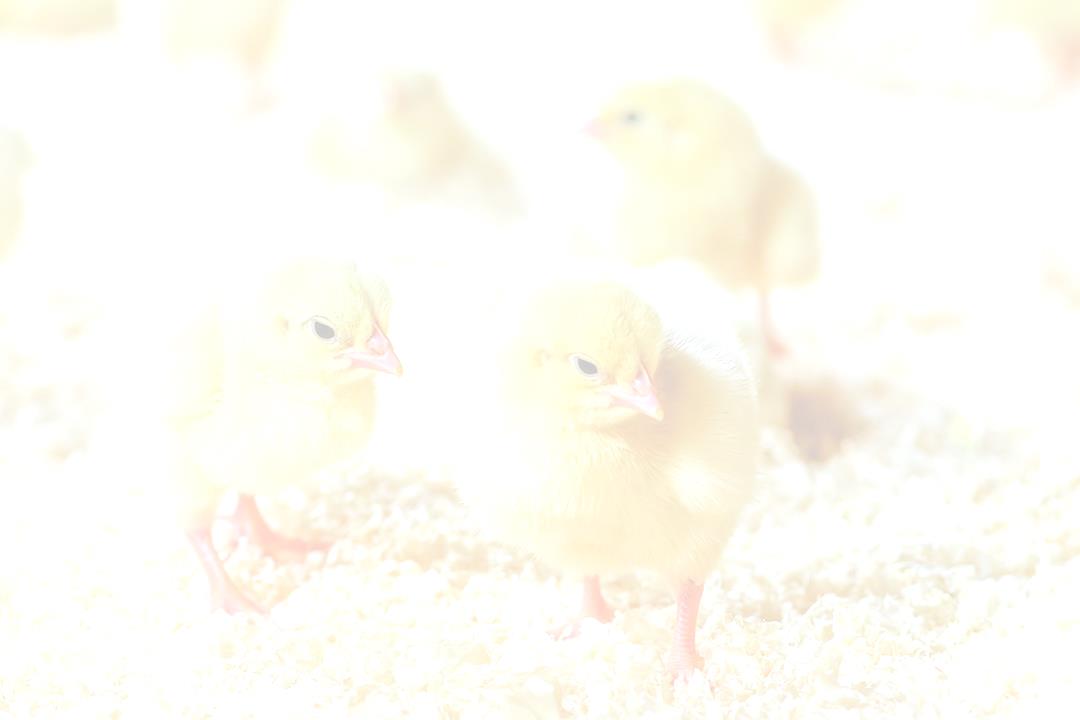
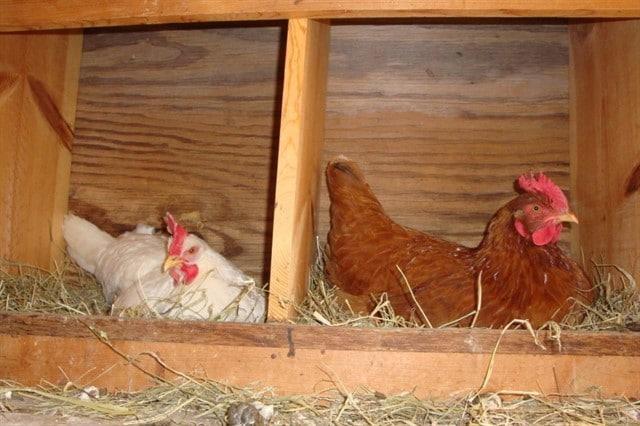

INCUBATION
31
additional nests to accommodate the hens of the flock that are still laying.
Constructing the Laying Nest
31
Page 31 of 223
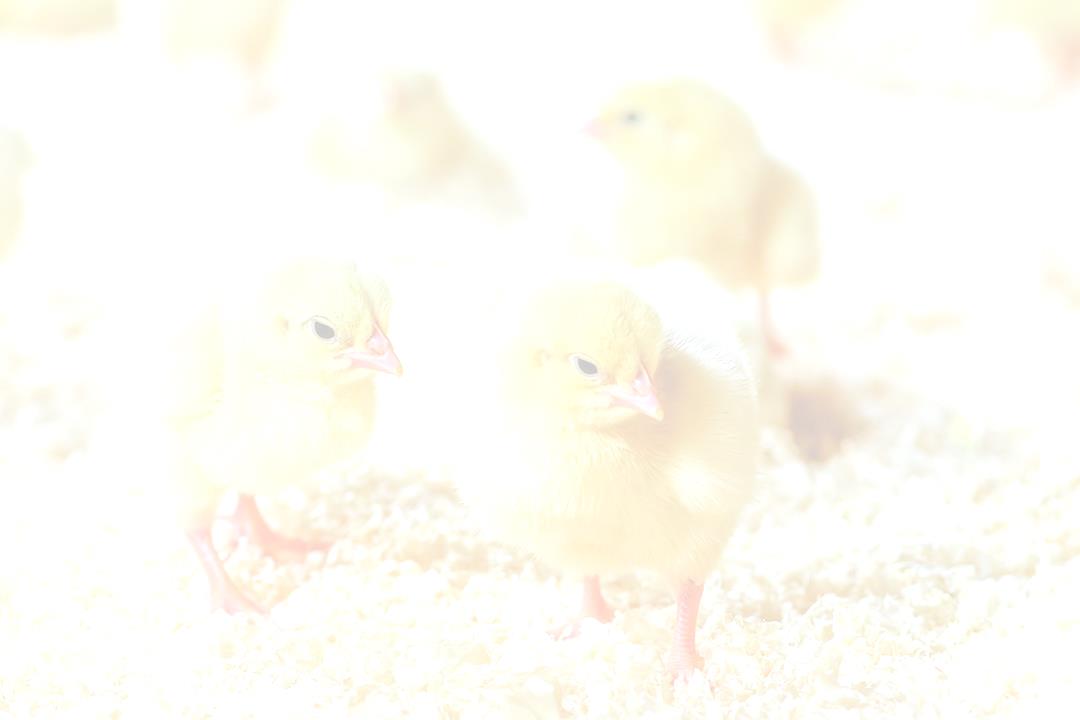
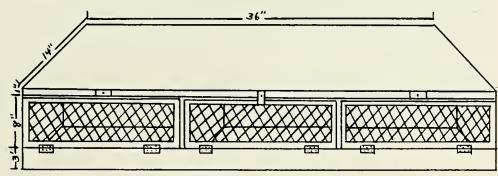
INCUBATION
32
The nest should be roomy to prevent the eggs from being broken by the hen and to provide for her comfort. Sitting hens prefer to brood in a quiet, out-of-the-way place that is protected from 32
enemies. A suitable bank of nests should be 36
inches long, 12 inches high, and 14 inches deep.
Place a partition every 12 inches apart in the bank to provide for three nests. A longer bank of nests may be made if desired and partitioned at 12-inch intervals. The front of the nest should be made of wire to safeguard against invasion by rodents and to keep the nest cool.
Place the nest on the ground unless the rats or other enemies are prevalent, in which case build the nest Page 32 of 223
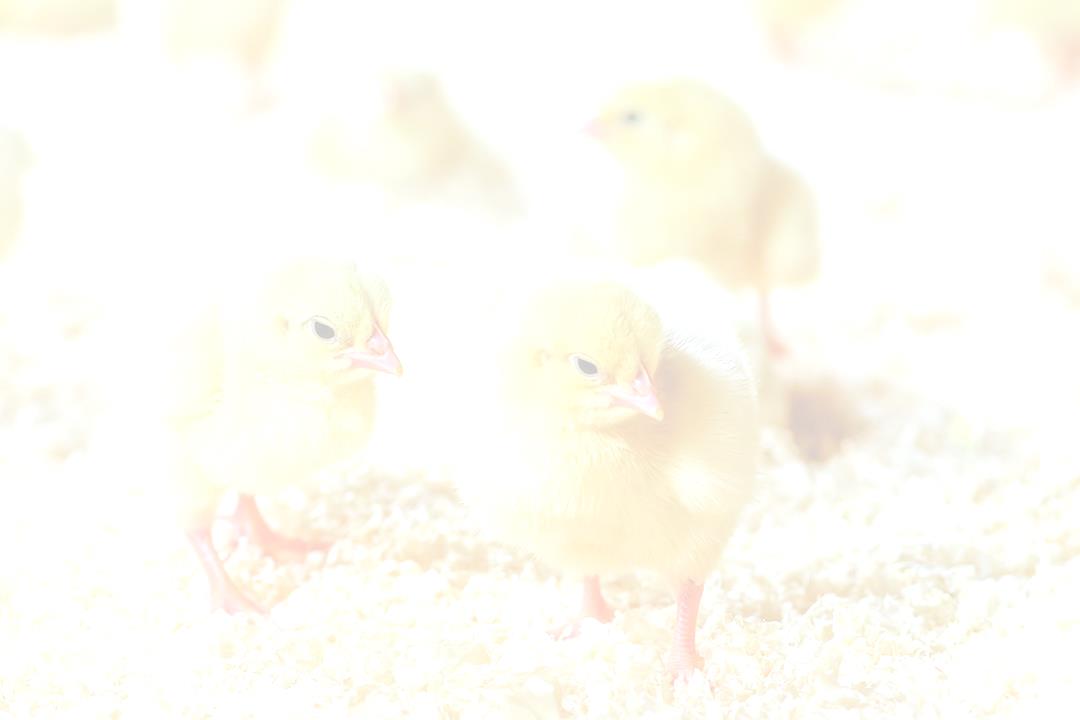

INCUBATION
33
in a poultry house that is rodent proof. When the nests are to be made in the poultry house, or above the ground, put a piece of grass sod or some dampearth in the bottom of the nest and hollow it 33
slightly in the center before adding the nesting material. The sod or damp earth will provide suitable moisture conditions for successful hatching.
Also, locally made laying nests can be used. Items like old baskets, car tyres, buckets, among others can be modified and used as laying nests for the hens.
Page 33 of 223

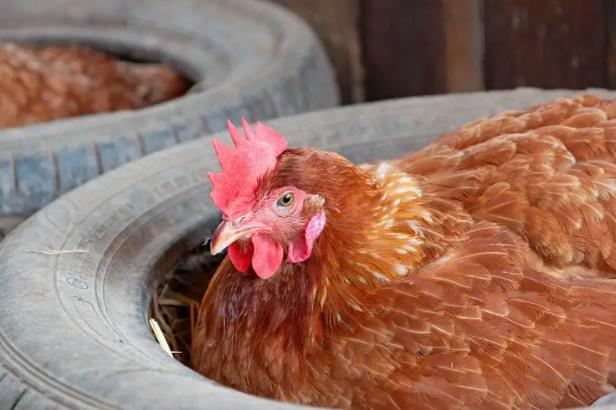
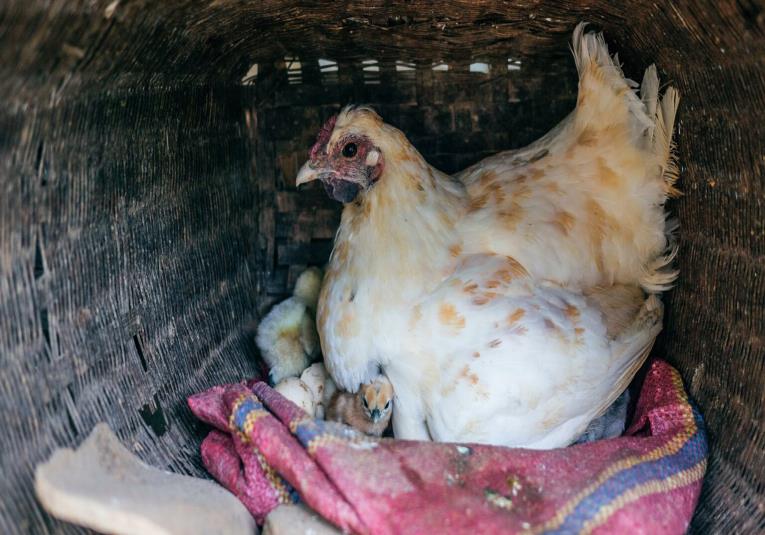
INCUBATION
34
34
Page 34 of 223
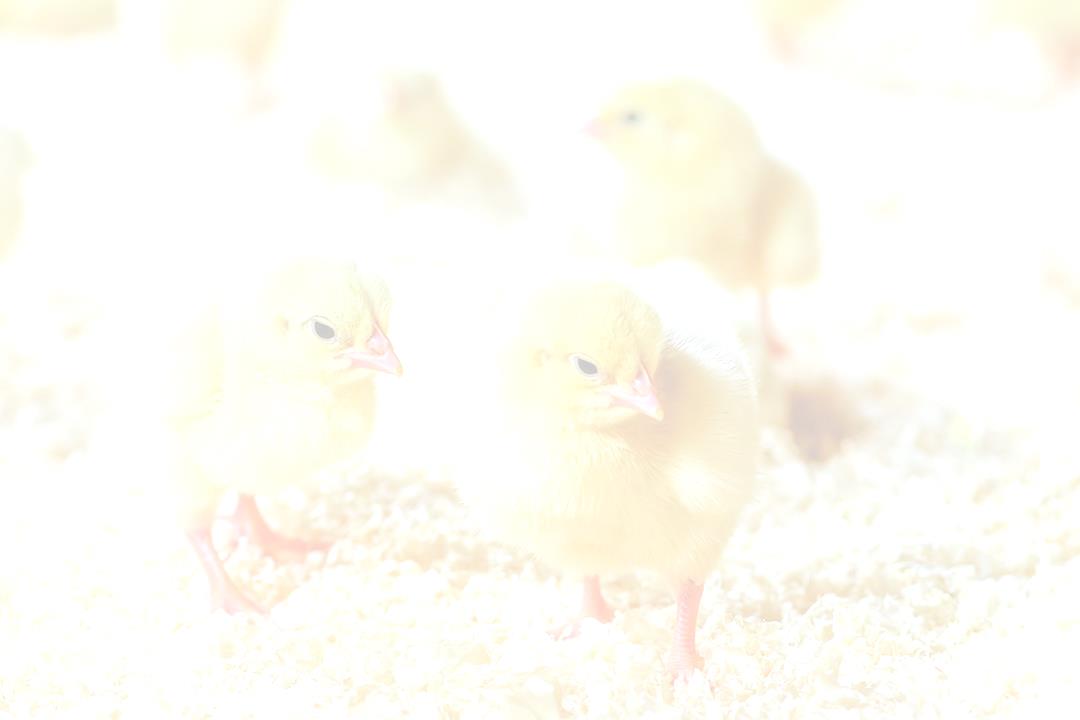
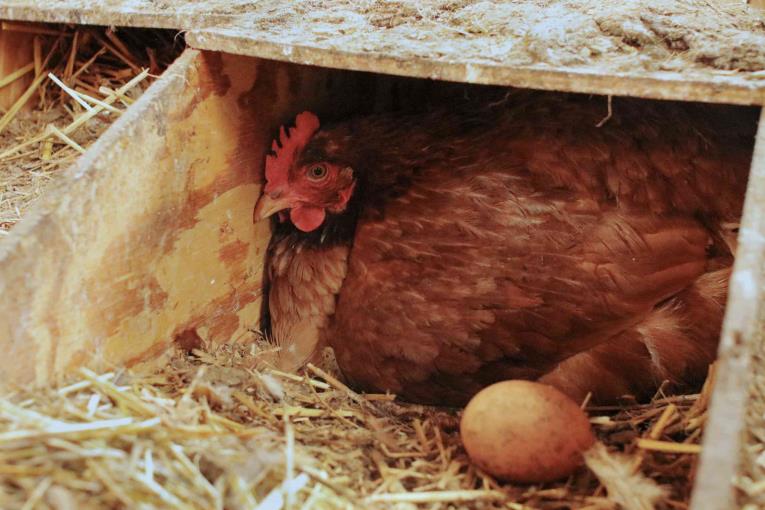
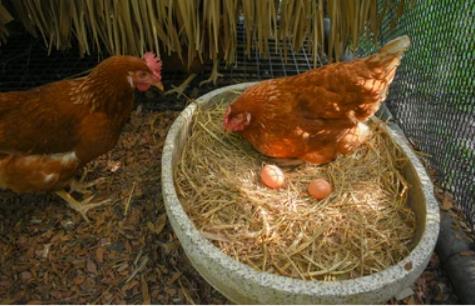
INCUBATION
35
Setting the Hen
35
Transfer the hen at night to the place where she is to remain for the hatching period. Before placing Page 35 of 223

INCUBATION
36
her on the nest dust her with sodium fluoride powder, working it well into the feathers, especially those around the vent and under the wings.
Advice
36
To dust hen, hold her by the legs head down and rub pinches of sodium fluoride well into her feathers especially around:
Base of tail
Below vent
Both sides of keel bone
Outside thigh region, both legs
Along wings
On back, just back of wings
Throat
Back of head
Note: Sodium fluoride is a poison and must be kept stored where children cannot accidentally get it. Wash hands thoroughly after using sodium fluoride.
Page 36 of 223
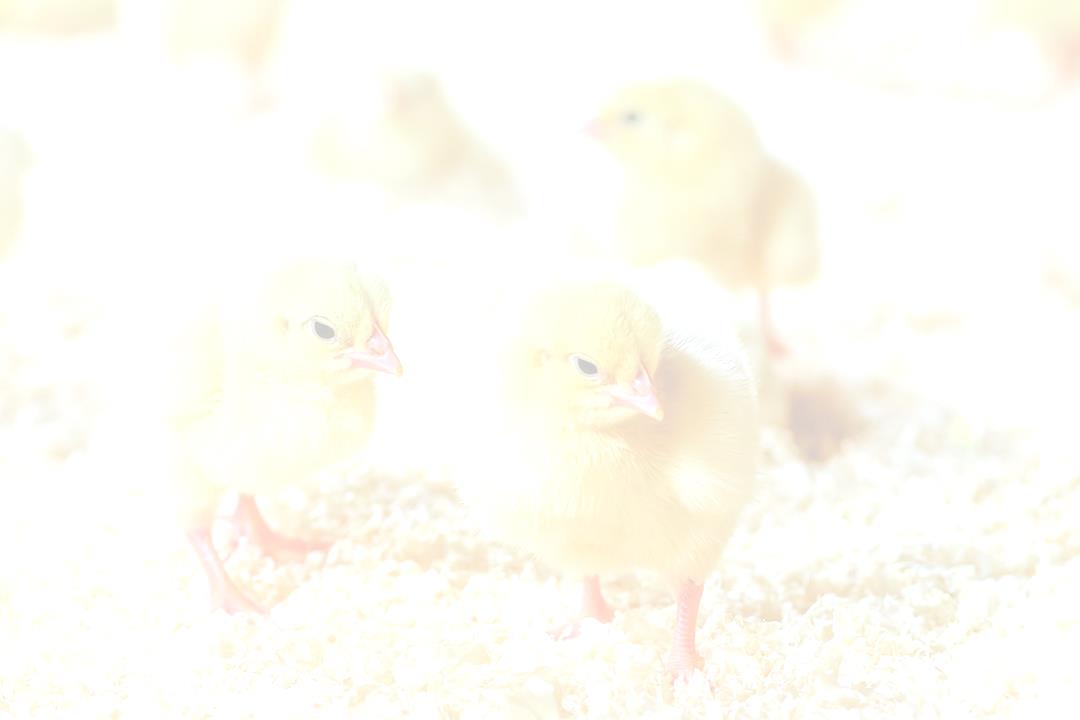
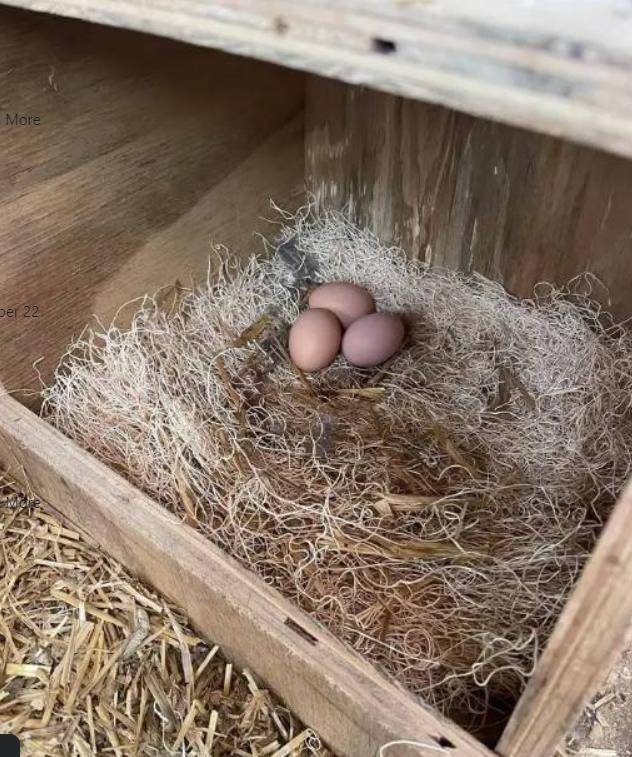
INCUBATION
37
Do not place the eggs in the nest until the hen has remained there for a day or two. Place infertile or artificial eggs in the nest for the first day or two. If the hen remains on the nest place 12 to 15 eggs for 37
hatching under her. The number will depend upon the size of the hen. If the nest has been used previously, carefully inspect it for lice and for mites and if they are present clean and spray the nest, using commercial poultry-house spray. Cleanliness is very essential for success in natural incubation.
Page 37 of 223
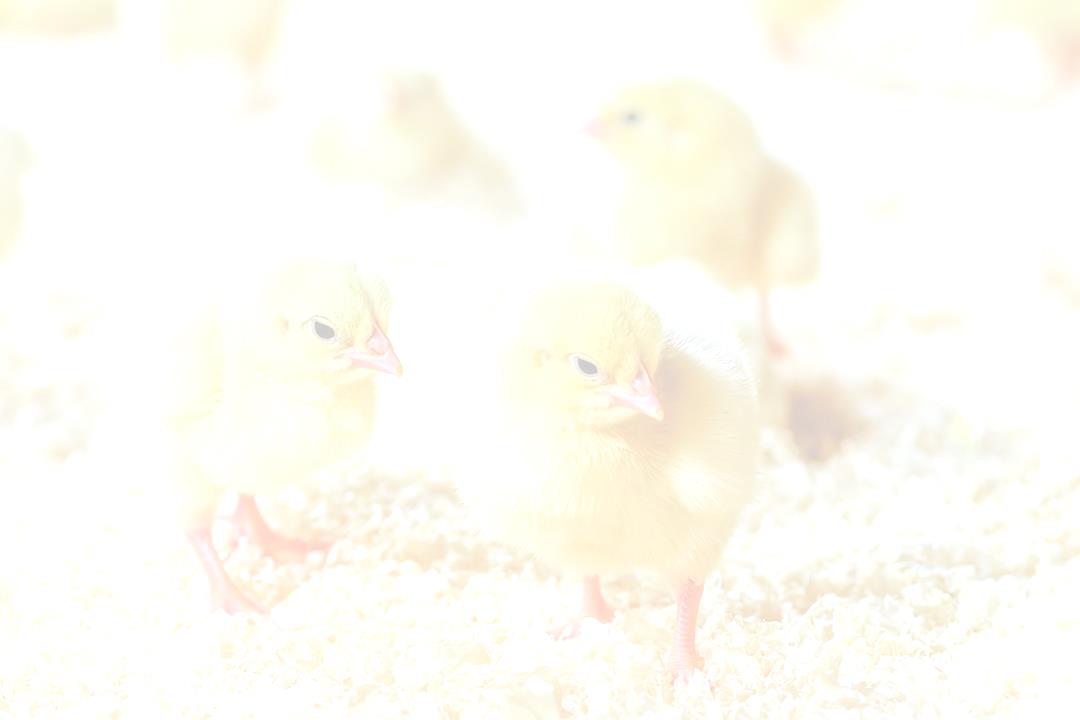
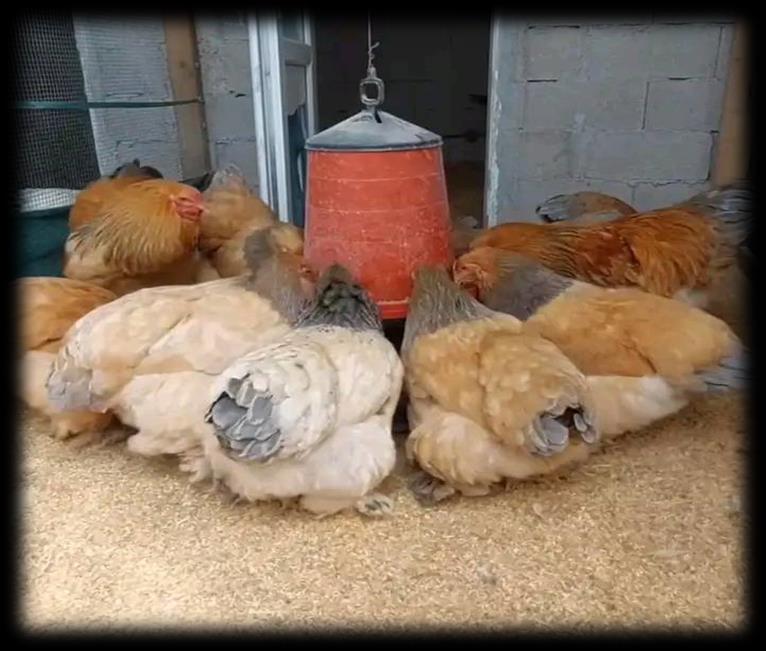
INCUBATION
38
Feeding the Incubating Hen
Place before the hen at least once each day whole grains, greens, grit, charcoal, and fresh water. No wet mash or dry mash is fed during the sitting 38
period. A dust bath should be placed where the hen may have free access to it during feeding time.
Placing a small quantity of a mixture of tobacco dust and earth in the dust bath will aid in exterminating lice and mites.
Page 38 of 223
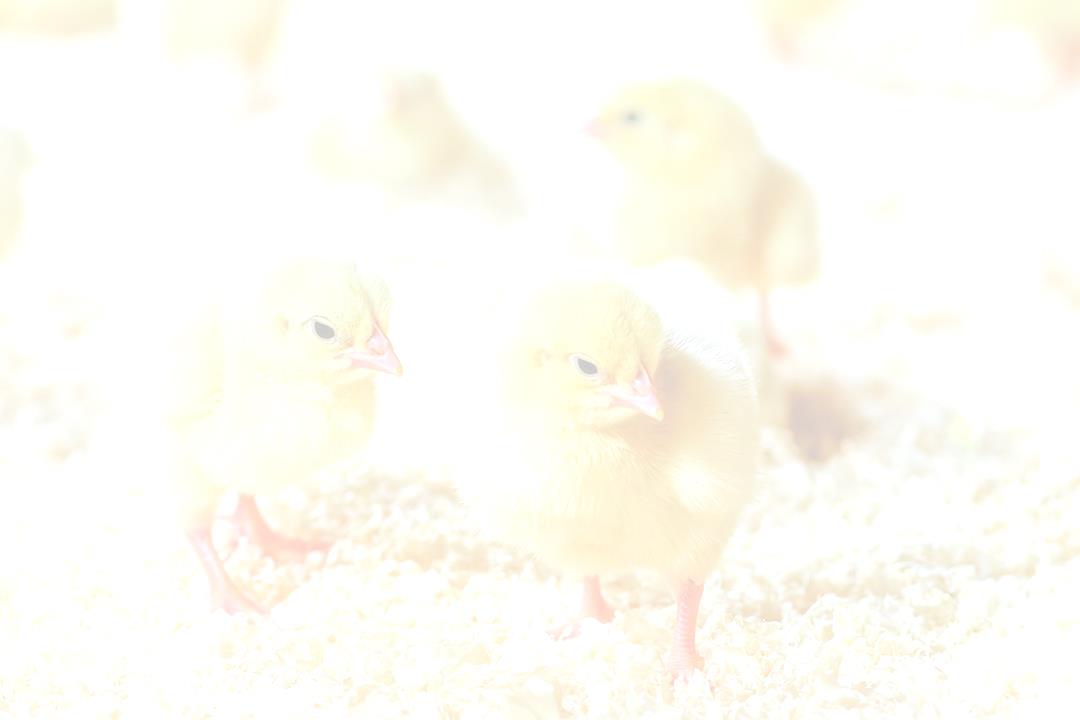
INCUBATION
39
Broody Hens – Nature’s Incubators
A hen must be broody (a physiological state in which the hen desires to sit on eggs) before she is used for incubating eggs. Some strains of birds such 39
as the Leghorns seldom become broody. Broody hens may be identified by their tendency to sit on the nest even when not laying an egg; they also cease laying, develop a "clucking" voice and become protective and possessive of the eggs.
Signs of broodiness in hens
Some of the following symptoms and signs may occur when a hen is broody.
o Makes characteristic clucking sounds especially when disturbed.
o Chest and belly feathers are missing. This is as a result of the hen plucking these feathers to help improve heat transfer from her body to the eggs.
Page 39 of 223

INCUBATION
40
o Pecking a person’s hand or biting him/her when he/she checks for eggs underneath her.
o The broody only leaves the nest once or twice a day and quickly returns after a quick bite and 40
drink.
o Remains sitting on her eggs. A hatchability of 80% (of eggs set) from natural incubation is normal but a range of 75-80% is considered satisfactory.
o Sitting in the nest even when there are no eggs o Chest and belly feathers are missing.
o Produce abnormally large droppings
Advantages of Natural Incubation of Eggs
o The hen acts as both the incubator and the brooder box. No heat lamps or electricity needed!
o The hen turns the eggs, ensuring they each spend equal amounts of time on each side and Page 40 of 223
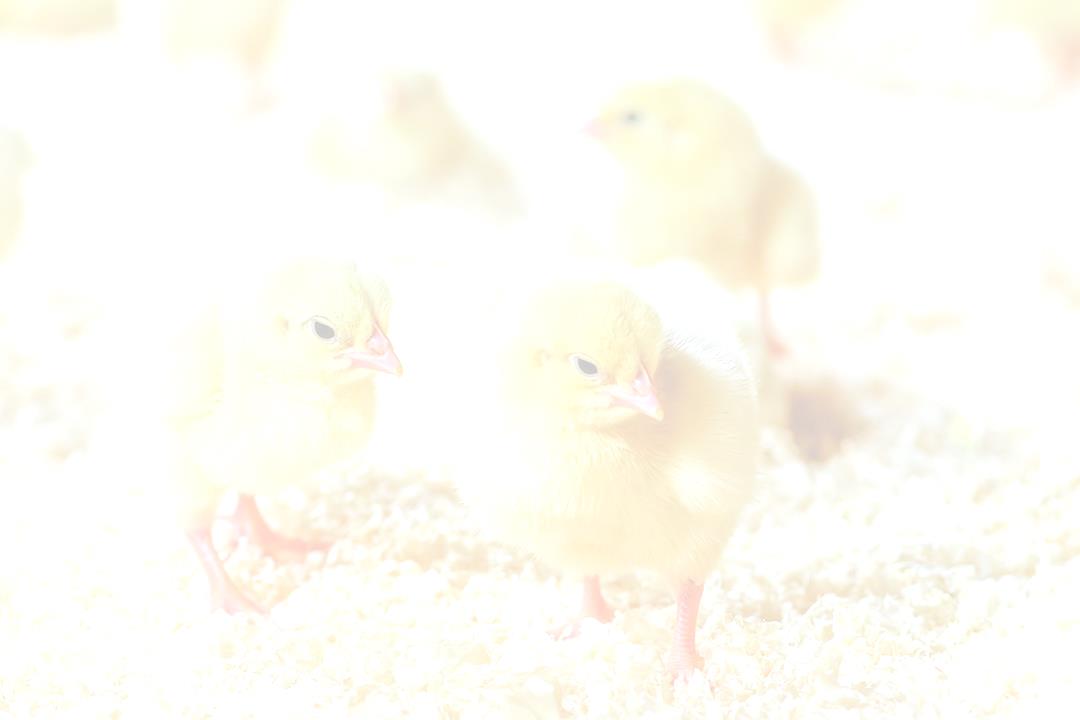
INCUBATION
41
rotate from the center to the edges of the nest for even warming.
o It is said that broodies can detect non-fertile and non-developing eggs and will kick them out of 41
her nest - no need to even candle the eggs.
o Because the broody has plucked out her breast feathers to allow skin-to-egg contact, she regulates the humidity in the nest.
o If only one chick hatches, it will not be all alone as a brooder baby would be, since it will have the mother hen for company.
o The mother hen will teach her chicks to drink, teach them what to eat and where to find bugs and weeds, and also teach them the dangers of predators and how to take dust baths.
o A good broody will judge the ambient temperature and could have her chicks outside for short 'field trips' in just a few days, thereby allowing them exposure to the pathogens and Page 41 of 223

INCUBATION
42
bacteria in the environment and beginning to build strong immune systems.
o Since the rest of the flock will be used to the chicks being in the coop and run right from 42
hatch, they are far more likely to accept them without any trouble.
Disadvantages of Natural Incubation of Eggs
The breaking of eggs may occur due to faulty sitting of broody hen.
This method is not suitable for hatching large number of eggs at a time.
Some hens do not sit the entire 21 days and will abandon their nest partway through - in which case an incubator should be a farmer’s Plan B.
Timing the hatch can be tricky since a farmer cannot 'force' a hen to go broody, so ordering fertile eggs to arrive at the same time as a farmer has a broody hen can take some coordination.
Page 42 of 223
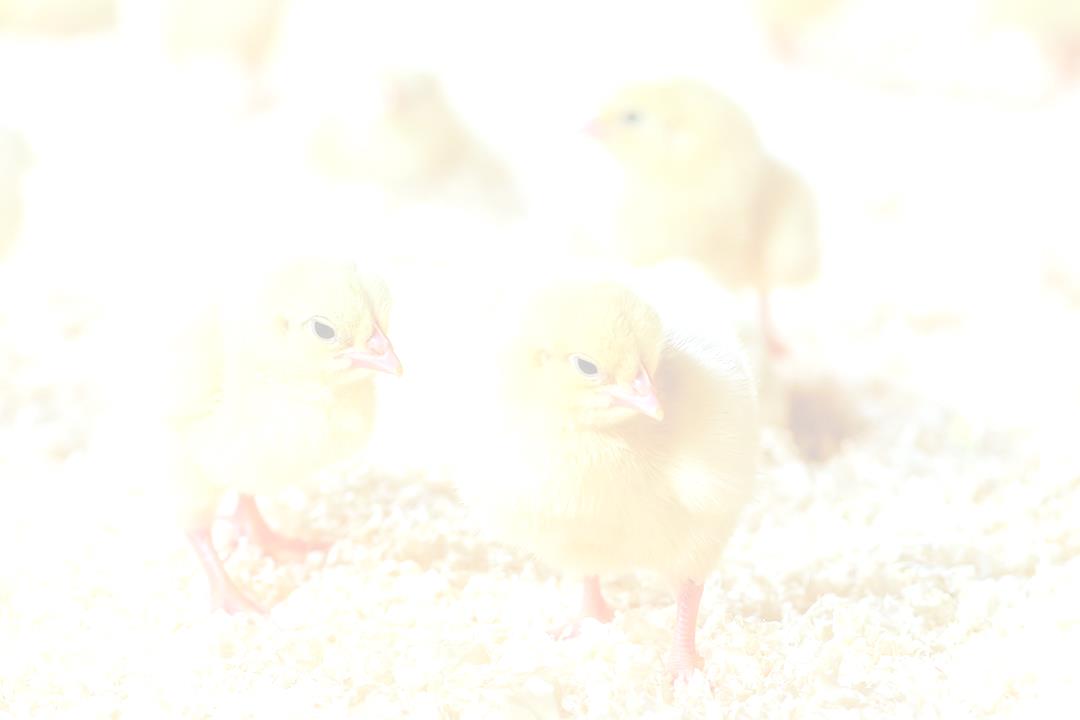
INCUBATION
43
Disease transmission from hen to chicks is higher.
Not all broodies make good mothers and once the chicks hatch, will sometimes lose interest in 43
caring for them, or worse, kill them, so a farmer should have an indoor brooder box at the ready just in case.
Both the hatching eggs and baby chicks are vulnerable to predators such as rats and snakes in addition to other flock members, so a poultry farmer will need to be sure the nest his/her broody has made is in a safe place and once the chicks hatch, he/she moves them to a safe crate, cage or pen inside the coop.
Page 43 of 223

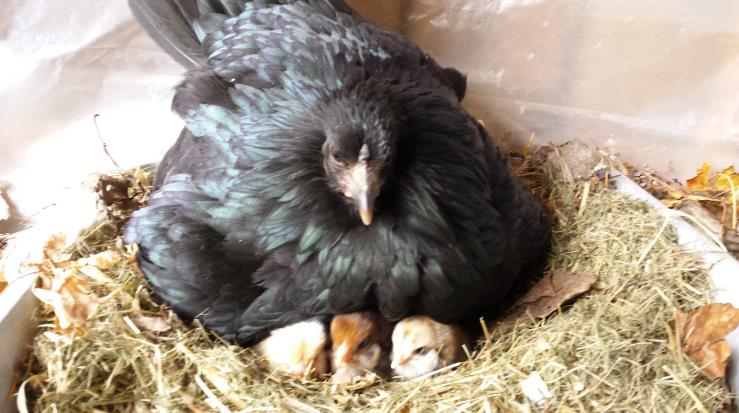
INCUBATION
44
Farmers’ Frequently Asked Questions Answered How to tell if a hen is broody?
Put an egg in front of her, a broody hen usually cannot resist moving the egg underneath her. Often, if the hen is picked up and placed somewhere else, she will fluff out 44
her feathers and just proceed to nest in that very location for a few moments, before eventually making her way back to her nest.
How long does a broody sit to hatch eggs?
Chicken eggs take 19 to 21 days typically to hatch. Late hatches on days 22 and days 23 are not unusual. Always remember that eggs are not on a timer and that chickens cannot tell time and do not have calendars. Just like with humans, some babies come early and some come late.
Page 44 of 223
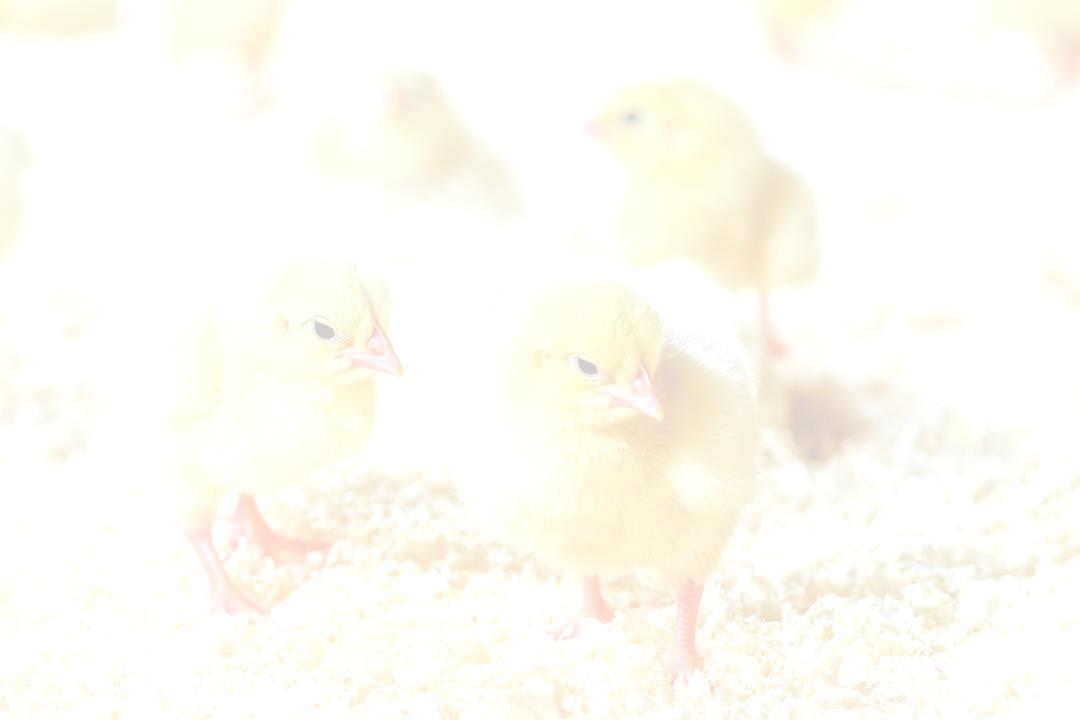
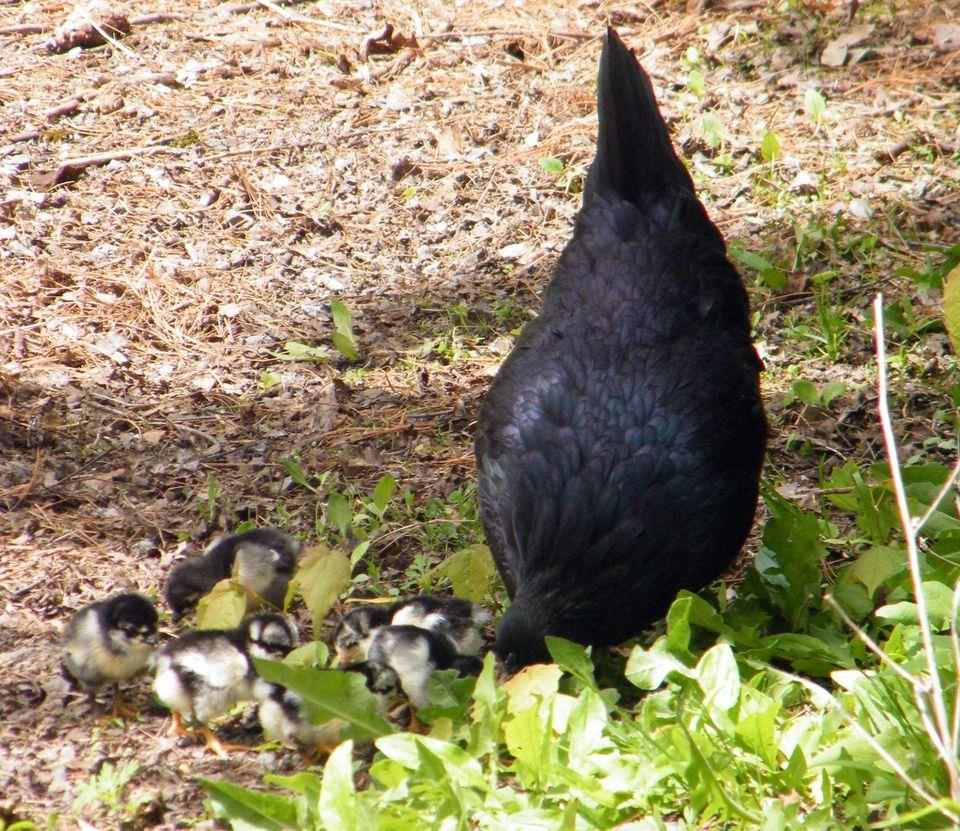
INCUBATION
45
How long will my broody sit after her hatch starts?
Typically a broody hen will sit for 36 hours after the 1st chick is born. After that point, even if all of the eggs are not hatched, she will need to get off the nest to feed her little ones. At this point some hens are finished sitting. I 45
have heard other hens feed their little ones then return to sitting. Hens vary in behaviour. The former is more common than the later.
I have a broody hen but do not yet have fertile eggs?
Page 45 of 223
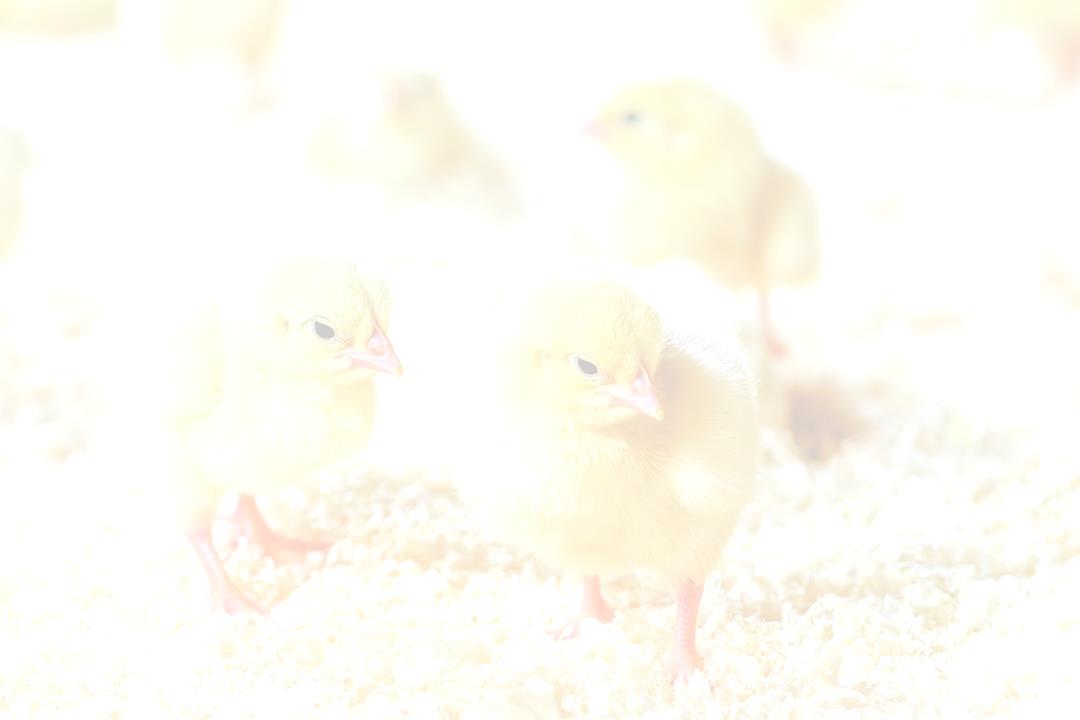
INCUBATION
46
If you would like to have your broody hen hatch eggs but do not have fertile eggs, give the broody hen either real unfertile eggs, fake eggs, or even golf balls to sit on until you get fertile eggs. There are several ways to get fertile eggs. There are several venues online to purchase fertile 46
eggs. My preferred way is to check locally, check local farms. If all else fails ask your friend who has chickens.
How long will my broody take care of her chicks?
That varies hen to hen. Some hens are done raising them when the chicks are 4 weeks old. This is really nothing to worry about. Mama Hen has taught them how to be chickens. Other hens take care of their little ones for 12
weeks or any length of time between.
My broody hen is mean and is attacking me!
No, she is doing her job of protecting her babies. Even you are a threat to her at this point in time. She will trust you again.
I think I have a bad broody. It is pouring rain out and she is out in the run sitting on her babies instead of being in the coop.
Page 46 of 223
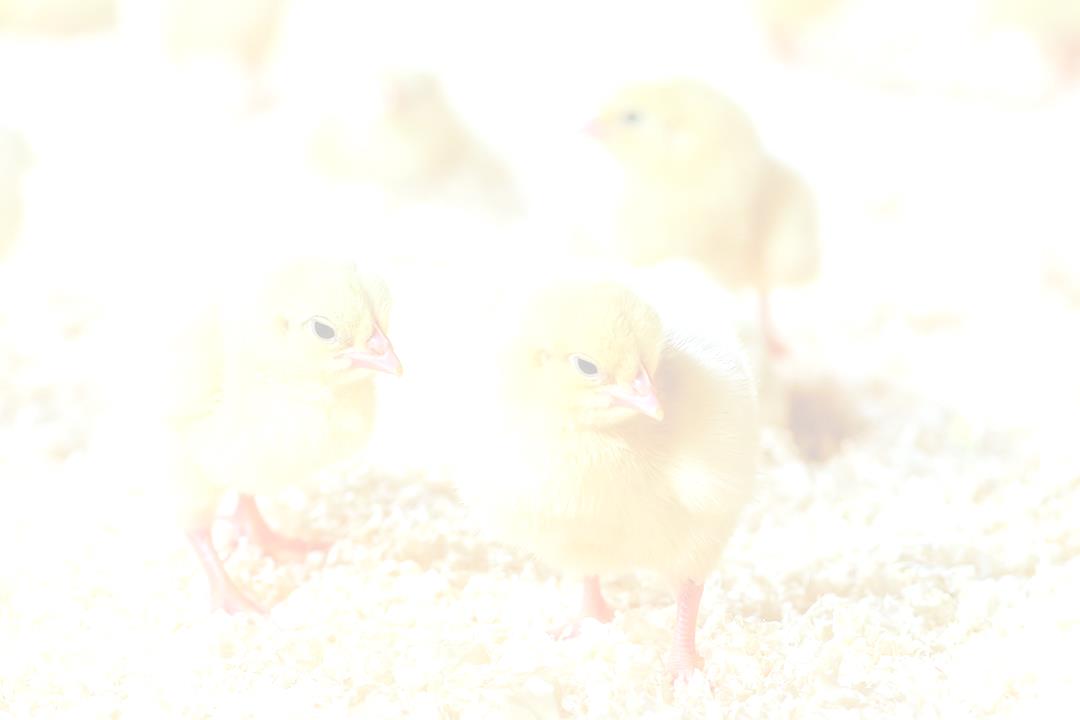
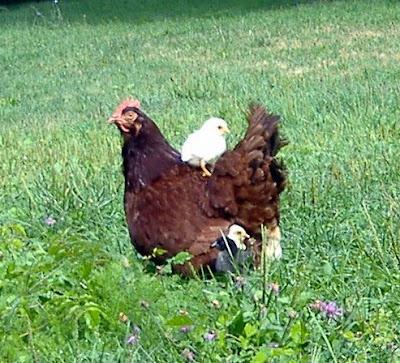
INCUBATION
47
No this is a good mama hen. She got caught in the rain and will sacrifice her own comfort to keep her little ones dry and safe.
I have eggs due in the incubator about the same time mama will hatch. Can I give her extra chicks?
47
Normally yes. It almost always is successful to do this while the hatch is going on. And within 2 or 3 days (max) of a completed hatch. Monitoring mama hen is a must.
More often than not she will just accept them. Sometimes she will KILL them. Watch mama. Giving her the chicks while it is dark is best. Put them right under her. Wear gloves as you may get pecked - broody hens can draw blood.
Page 47 of 223

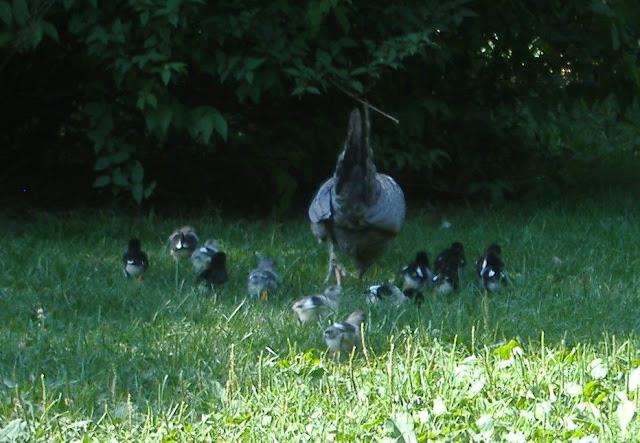
INCUBATION
48
Special Take away
We believe in the human-hands off approach to broody hens. There are of course times to intervene. A baby escaping from the pen is a common one. Give the baby back to mama and fix the fence.
48
Until about a week old many chicks have trouble with ramps. Put on gloves and eye protection and help the babies in the coop. (Wear the gloves and eye protection as mama hen will most likely attack you.)
Page 48 of 223

INCUBATION
49
Baby got lost. It happens. Pick up the baby and return it to mama.
The "Should I intervene?" portion: The best answer almost always is NO! Chickens survived thousands of years without human help and let us face 49
it… chickens know how to be chickens better than humans know how to be chickens.
Common “Should I?” questions:
"Should I help the chick out of the shell?"
My answer is “No.” Here is my thought on it: If a chick is not strong enough to get itself out of the shell, it was not supposed to be born.
"My chick is shrink wrapped!"
There are ways to get the chick out, but here is what I have found from experience. When you do intervene and get the chick out, it often has either a crooked neck (which is permanent), or has a serious leg deformity. If mama kicked it out and it is shrink wrapped, she did it for a reason. Do not help. You cannot save every chick.
"My hen is kicking eggs out of the nest. Should I put them back?"
Page 49 of 223
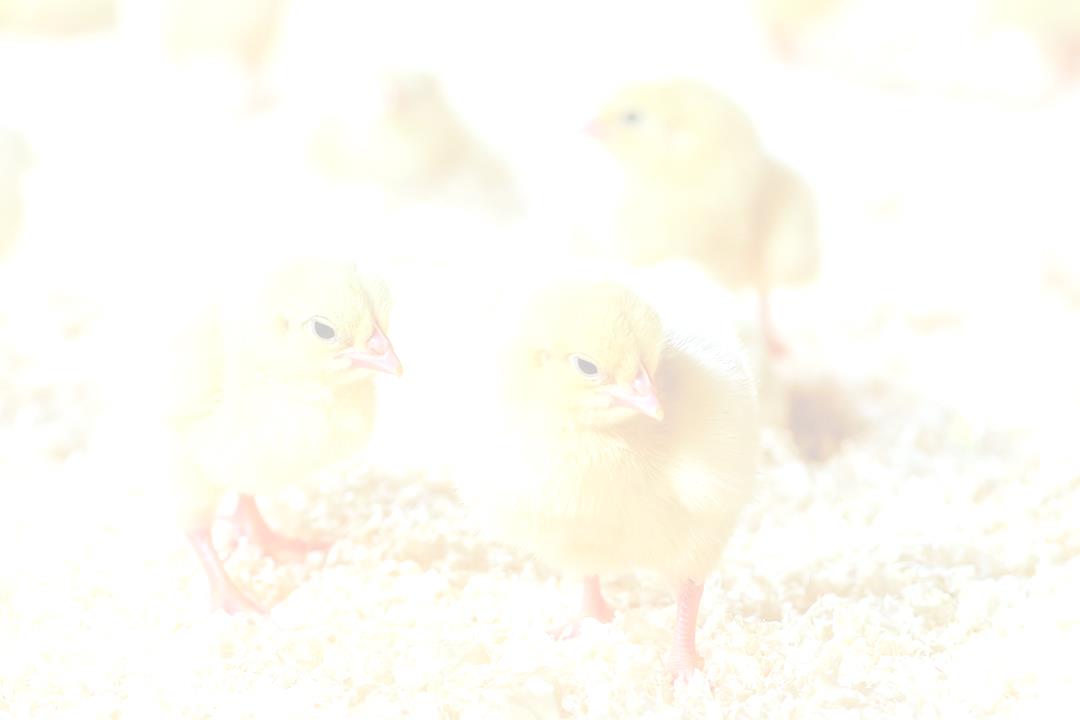
INCUBATION
50
No. Hens know if an egg has quit, did not develop etc.
Trust your hen and toss the egg.
Broody hens know what they are doing. Always trust your broody. 99% of the time they know exactly what they are 50
doing. A broody hen is an amazing thing to watch. Sit back and enjoy the show. Only intervene if ABSOLUTELY necessary. This is truly a time where
"mama knows best." Everything I learned about broody hens, I learned from my girls - just by observing them. At first I felt the need to intervene and quickly learned my first year with broody hens (10 broody hens that year as I recall) that mama knows best. The chicks I helped hatch were the first to die. The shrink wrapped chick I assisted was deformed and I had to cull it anyway. Mama knew best. Trust your broody. She really knows what to do.
Page 50 of 223
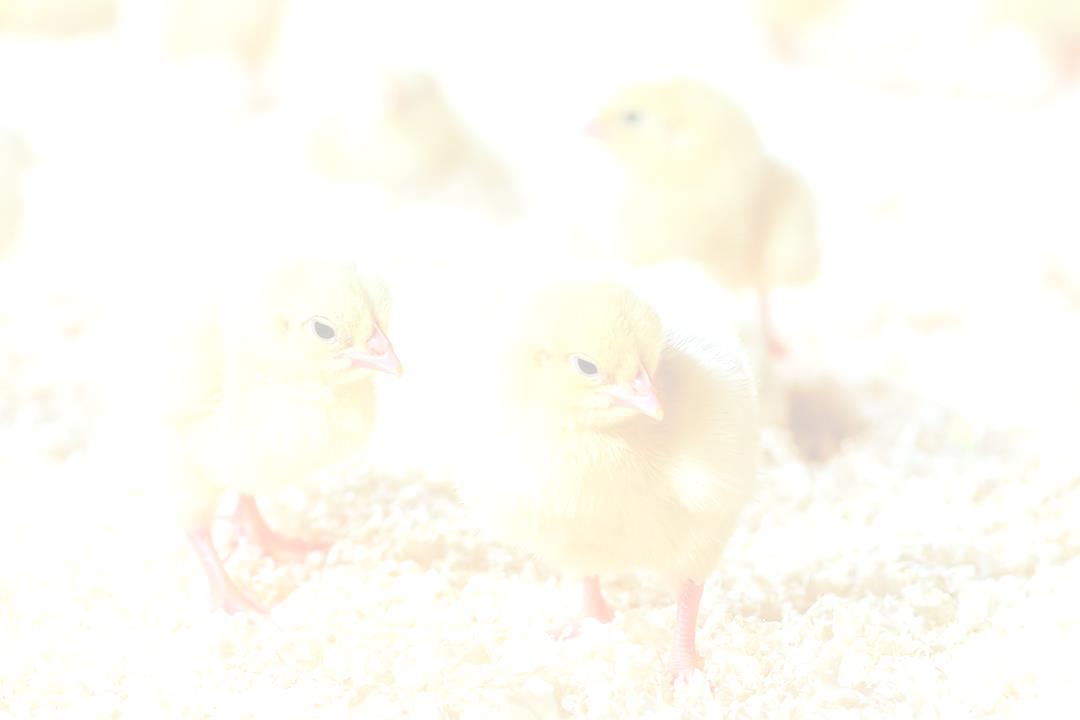


INCUBATION
51
Artificial Incubation (Incubator Method)
51
Page 51 of 223

INCUBATION
52
























































